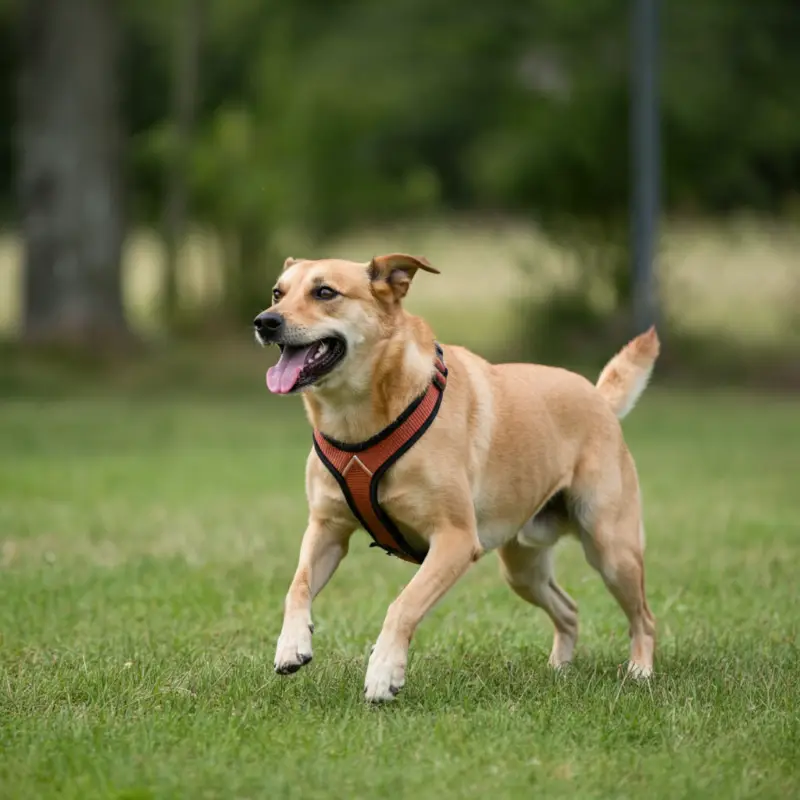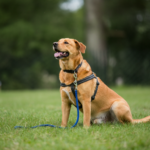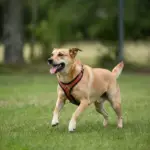Training your dog isn’t just about teaching them commands—it’s about building a healthier, happier relationship based on trust and understanding. Whether you’re a brand-new dog owner or just brushing up on training tips, having a step-by-step guide can make all the difference.
Here’s your ultimate dog training checklist to help you set your furry friend up for success!
Why Dog Training Matters
Dog training offers more than just convenience; it’s essential for both you and your dog:
- For your dog: Training keeps them safe, helps manage anxiety, and makes daily life stress-free.
- For you: A well-trained dog means fewer headaches, stronger communication, and a lifelong furry companion you can truly trust.
Training isn’t just optional—it’s vital to creating a balanced, joyful life for you both!
Essential Skills Every Dog Should Learn
The foundation of your dog’s training starts with these key skills. Think of each as building blocks toward a well-behaved canine companion.
Basic Obedience Commands
Every dog should have these commands down pat:
- Sit
- Stay
- Come
- Leave it
- Drop it
These basic commands can prevent misbehavior and keep your dog safe in critical moments. Consistency is key here!
Leash Training
Walking your dog should be enjoyable, not a tug-of-war. Leash training focuses on teaching your dog to walk calmly beside you without pulling. Pro tip? Keep treats handy to reward good leash behavior!
Housebreaking
Housebreaking doesn’t have to be a nightmare. Set routines for potty breaks, give plenty of praise when they go outside, and avoid punishment for accidents—it’s all part of the learning curve!
Socialization
A well-socialized dog is a confident dog! Expose your pup to a variety of people, pets, and situations early on to reduce fear and aggression later.
Understanding Your Dog’s Behavior
Does your dog tilt their head when you talk? Chase their tail endlessly? Dogs “speak” in their own way—it’s just up to us to understand!
Key Body Language Signs
- Relaxed posture = Happy and calm
- Tail wagging = Excitement (but note speed and stiffness; overly fast wagging may indicate anxiety!)
- Yawns or lip licking = Stress
Knowing these signals helps you tailor training methods to match their emotional state.
Positive Reinforcement vs. Punishment-Based Training
When it comes to dog training, positive reinforcement is the name of the game.
Why Positive Reinforcement Works
- Builds trust and strengthens your bond.
- Motivates your dog with rewards like treats, praise, or playtime.
- Reduces behavioral issues without fearful associations.
Why Punishment Falls Short
Punishment may teach avoidance but can harm trust and create stress. Instead of yelling or physical corrections, redirect their behavior and reward what they do right.
Remember, dogs don’t misbehave out of spite—they just need guidance to understand what you expect.
Creating a Training Schedule
A consistent routine takes the guesswork out of training—for both you and your dog!
Steps to Set Up Your Schedule
- Choose the right time for training (when distractions are minimal).
- Start with short sessions (5-10 minutes each) to maintain your dog’s focus.
- Mix command practice with fun breaks so it feels more like play.
Training isn’t about how LONG you work—it’s about how consistently you practice.
Troubleshooting Common Training Problems
Encountering challenges? Don’t panic—most issues can be addressed with patience and a bit of strategy.
Common Problems and Solutions
- Excessive Barking
Try teaching a “quiet” command and reward silence. Distract barking triggers with toys or puzzles.
- Chewing on Everything
Provide designated chew toys and redirect them when they go for your shoes.
- Jumping on Guests
Teach them to sit calmly for attention instead. A calm dog gets rewarded; a jumping dog gets ignored!
Need more help with barking? Check out this guide to stopping excessive barking.
The Role of Professional Trainers
Sometimes it helps to call in the pros!
- When to Seek Help: Persistent aggression, separation anxiety, or any behavior that feels overwhelming.
- Finding the Right Trainer: Look for certified trainers with positive reinforcement philosophies. Attend a session in person if possible to see their methods firsthand.
Maintaining Training Success
Dog training isn’t a one-and-done task—it’s an ongoing process.
- Reinforce behaviors regularly: Practice commands in different settings.
- Keep learning fun: Add new tricks and games to keep their brain engaged!
- Celebrate progress: Remember to reward not just big milestones but small wins too.
Start Your Dog Training Journey Today!
Training your dog isn’t just a chore—it can actually be fun and deeply rewarding. By breaking it into small manageable steps, you’ll set a foundation for success and deepen your bond with your canine companion.
Now get out there and start working through this dog training checklist. Want to learn even more training tips? Head over to CuteDogs for expert advice, and discover how to make training a lifelong success!







